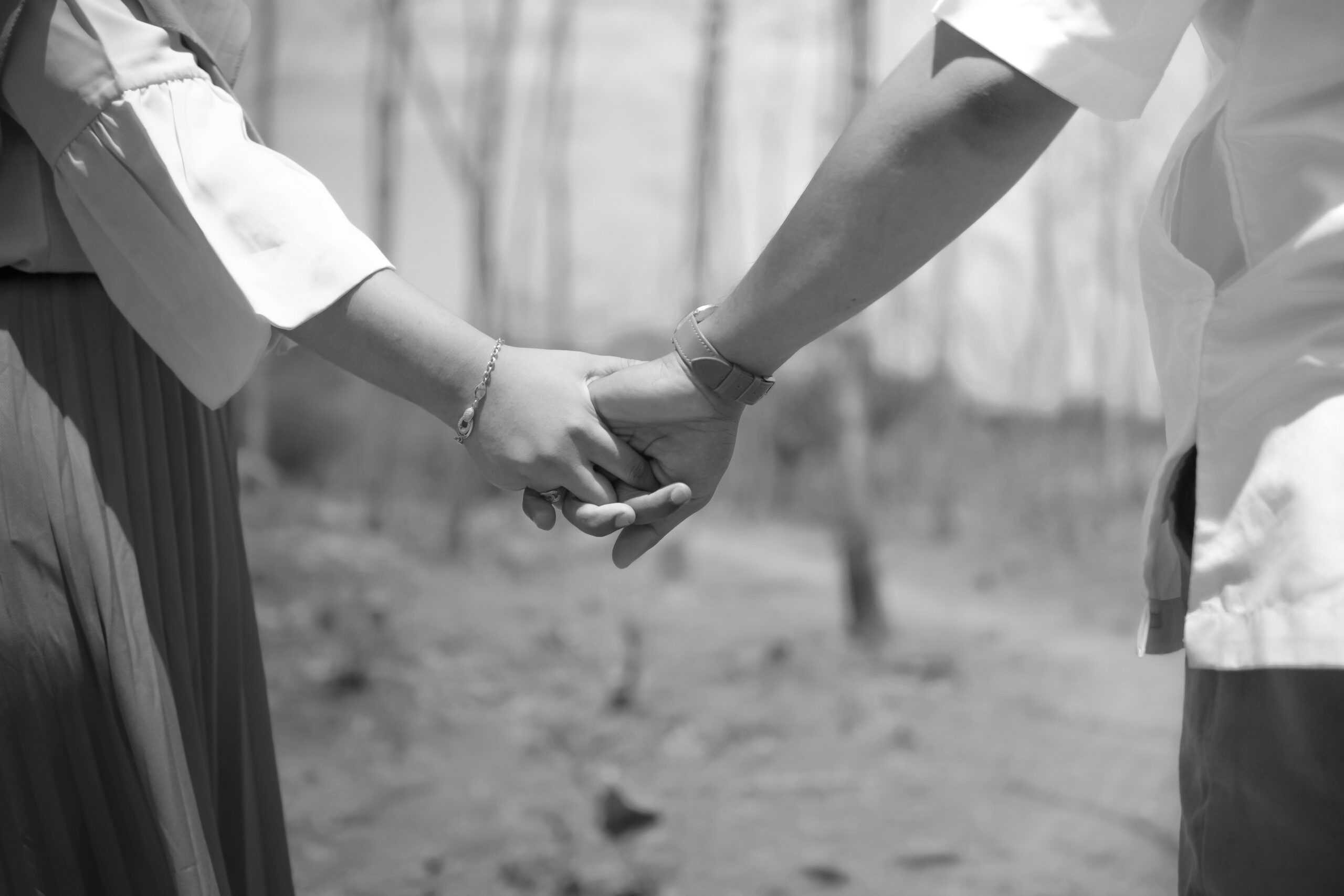Behind every great show is a team working hard to keep everything running smoothly and safely. From set riggers to lighting crews, dancers to headliners, backstage environments can be chaotic and fast-paced. That’s why robust event safety protocols aren’t just useful — they’re essential.
1. Conduct a Backstage Safety Audit
Before any performer arrives, walk through the site and identify trip hazards, pinch points, loose cables, low-clearance fixtures, or poor lighting. More: https://www.safeworkaustralia.gov.au/safety-topic/hazards/slips-trips-and-falls
2. Implement Clear Zoning and Signage
Use signage and physical barriers to designate ‘no-go’ zones like rigging points or AV control. This ensures crew and talent only access appropriate areas.
3. Enforce Personal Protective Equipment (PPE) Where Needed
Bump-ins, pyrotechnics, and large productions may require hearing protection, helmets, gloves, or high-vis vests. Don’t assume all crew members are aware — brief them. More: https://www.safeworkaustralia.gov.au/ppe
4. Brief Everyone Before the Show
A 5-minute safety meeting before doors open can prevent hours of drama. Share emergency exits, weather plans, and first aid locations.
5. Prioritise Mental and Physical Readiness
Backstage environments can be overwhelming. Encourage rest zones, hydration stations, and de-escalation plans if artists or staff feel overwhelmed. More: https://artswellbeingcollective.com.au/
6. Appoint a Designated Safety Officer
A dedicated person (not wearing other hats) ensures everyone follows the plan, assesses incidents quickly, and communicates changes in real time. More: https://liveperformance.com.au/
7. Maintain Clear Communication Channels
Use headsets or walkie-talkies for critical crew roles, and agree on clear signals or phrases to indicate emergencies or changes to the run sheet.
8. Encourage a Speak-Up Culture
If someone sees something unsafe, they need to feel empowered to call it out — regardless of hierarchy. Psychological safety is as important as physical safety. More: https://www.safeworkaustralia.gov.au/safety-topic/workplace-mental-health
9. Align with WHS Standards
All event safety planning should align with Australia’s Work Health and Safety (WHS) standards. Even temporary crews or freelance techs are protected by law. More: https://www.safeworkaustralia.gov.au/law-and-regulation
10. Debrief After Every Show
Each show is a learning opportunity. What worked? What didn’t? Gather feedback, log incidents, and update protocols for next time.
Final Thoughts
A safe backstage is a productive backstage. With some planning, good communication, and shared responsibility, it’s possible to protect performers and crew while delivering unforgettable live events. Sound event safety doesn’t slow things down — it keeps everything running right.


